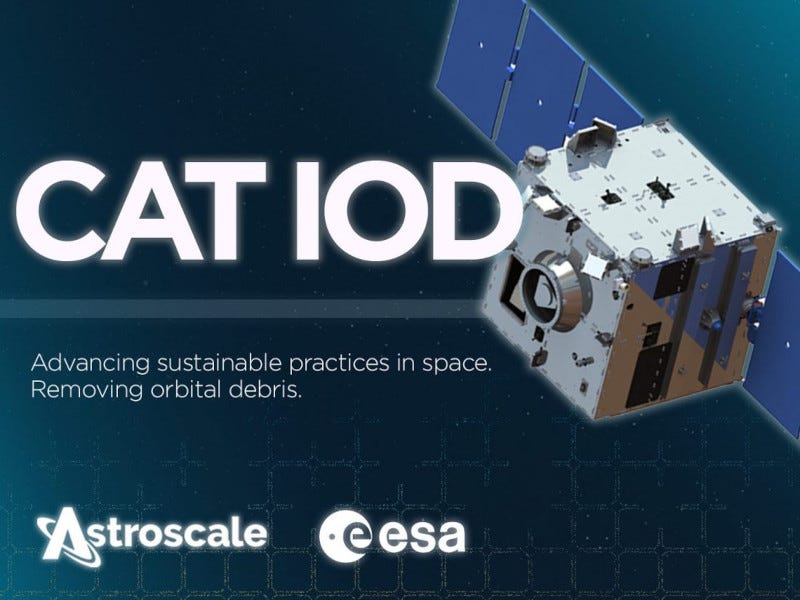ESA CAT IOD Mission Supported by Astroscale
Marks Milestone in Addressing Orbital Debris
In-orbit servicing technologies developed by Astroscale will support the ESA Capture Bay for Active Debris Removal (CAT) for In-Orbit Demonstration (IOD) mission, part of ESA’s Space Safety Program. This project represents a significant milestone in addressing orbital debris and advancing sustainable practices in space.
"The ESA CAT IOD development is a…
Keep reading with a 7-day free trial
Subscribe to The Journal of Space Commerce to keep reading this post and get 7 days of free access to the full post archives.



